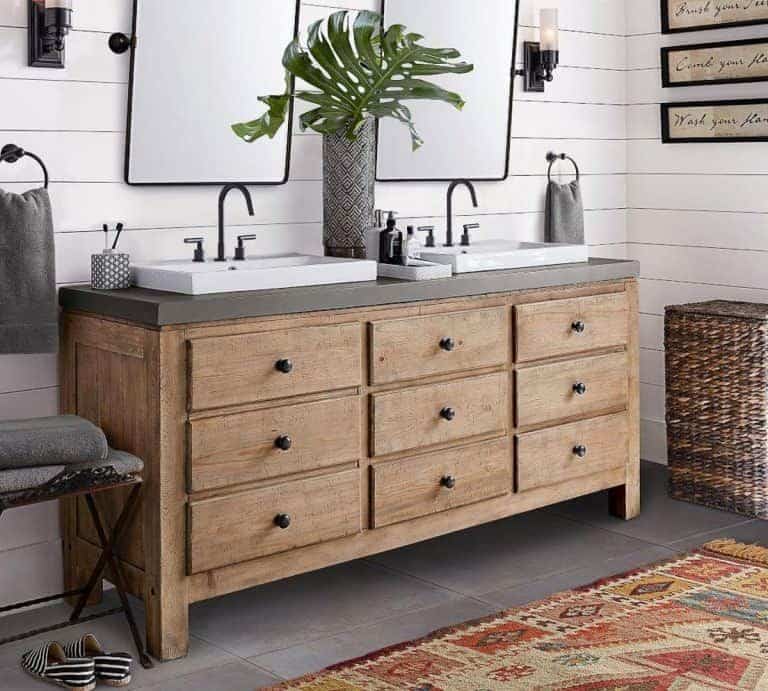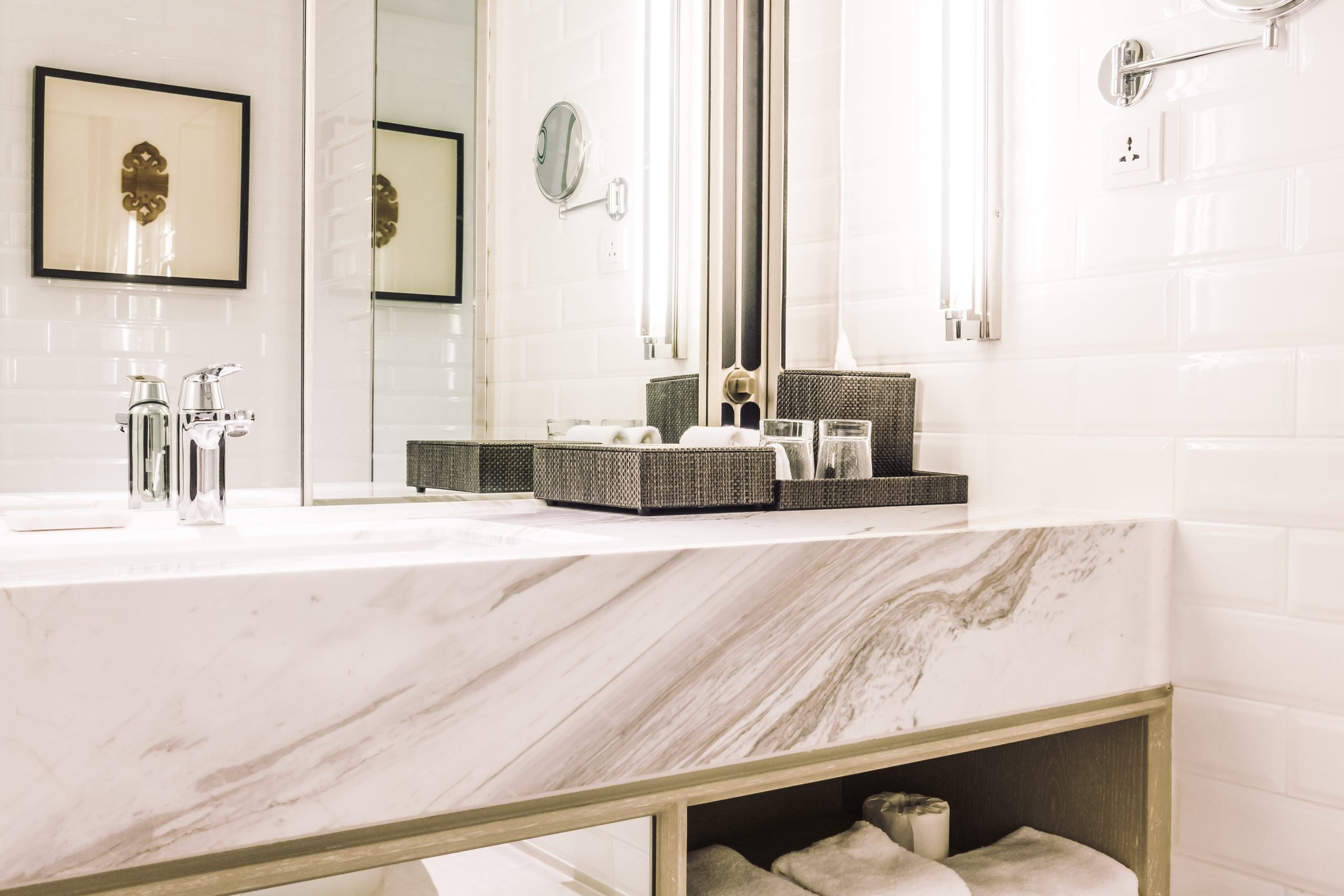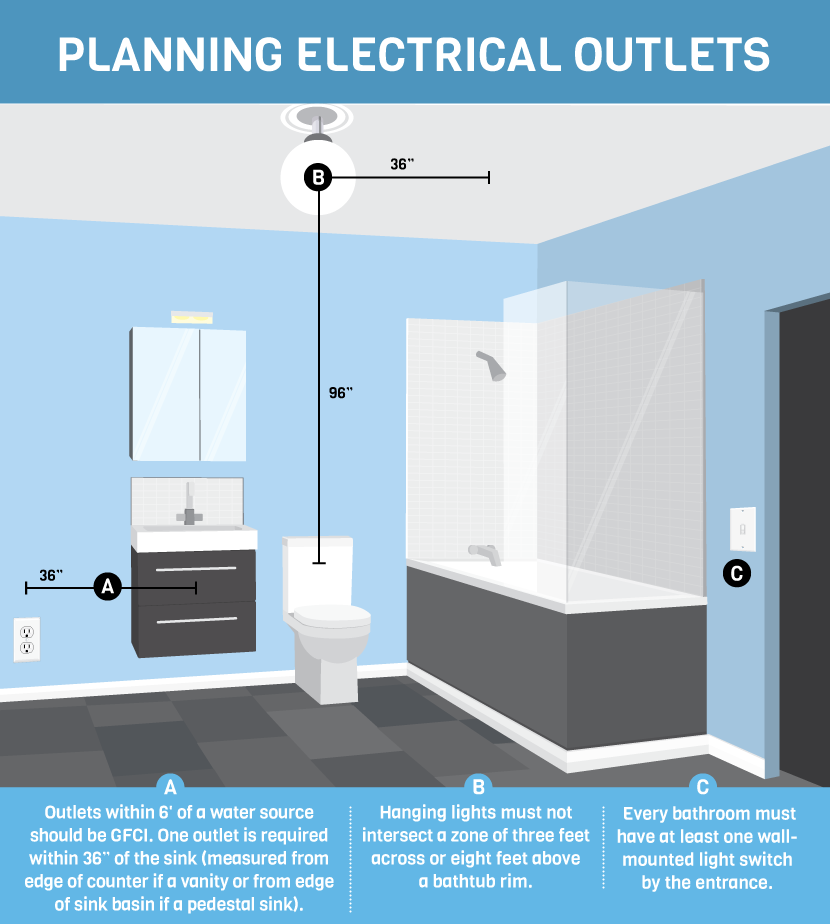Enhancing Bathroom Functionality: The Importance of Electrical Outlets in Vanity Units
Related Articles: Enhancing Bathroom Functionality: The Importance of Electrical Outlets in Vanity Units
Introduction
With great pleasure, we will explore the intriguing topic related to Enhancing Bathroom Functionality: The Importance of Electrical Outlets in Vanity Units. Let’s weave interesting information and offer fresh perspectives to the readers.
Table of Content
- 1 Related Articles: Enhancing Bathroom Functionality: The Importance of Electrical Outlets in Vanity Units
- 2 Introduction
- 3 Enhancing Bathroom Functionality: The Importance of Electrical Outlets in Vanity Units
- 3.1 The Rise of the Smart Bathroom: A Need for Power
- 3.2 Choosing the Right Electrical Outlets for Your Vanity
- 3.3 Addressing Concerns: Safety and Aesthetics
- 3.4 FAQs: Unraveling Common Questions
- 3.5 Tips for Planning and Installing Electrical Outlets in Your Vanity
- 3.6 Conclusion: A Functional and Stylish Bathroom Solution
- 4 Closure
Enhancing Bathroom Functionality: The Importance of Electrical Outlets in Vanity Units

The modern bathroom is no longer just a space for hygiene; it has evolved into a sanctuary of relaxation and self-care. This shift necessitates a functional design that caters to the growing demand for technology integration and personalized routines. One crucial aspect of this evolution is the strategic placement of electrical outlets within bathroom vanity units. This article delves into the significance of incorporating electrical outlets into vanity designs, highlighting their benefits and addressing common concerns.
The Rise of the Smart Bathroom: A Need for Power
The integration of technology into our lives has extended to the bathroom, with smart devices, heated towel racks, and even voice-activated mirrors becoming increasingly popular. These devices require access to power, and vanity units present an ideal location for discreet and convenient power sources.
Benefits of Electrical Outlets in Vanity Units:
- Enhanced Convenience: Imagine effortlessly charging your electric toothbrush, styling tools, or even your phone while getting ready. Outlets within the vanity eliminate the need for cumbersome extension cords or searching for distant power sources.
- Improved Aesthetics: Strategically placed outlets seamlessly blend into the vanity design, minimizing clutter and maintaining a sleek and sophisticated look.
- Increased Safety: By incorporating electrical outlets within the vanity, users can avoid the risk of tripping over cords or placing electrical devices near water sources, enhancing safety and peace of mind.
- Versatility and Functionality: Outlets can power a variety of devices, from hair dryers and curling irons to electric toothbrushes and even smart mirrors, expanding the functionality of the bathroom.
Choosing the Right Electrical Outlets for Your Vanity
Selecting the appropriate type and placement of electrical outlets is crucial for optimizing functionality and safety.
Key Considerations:
- Electrical Code Compliance: Ensure all electrical work is performed by a licensed electrician who adheres to local building codes and safety regulations.
- GFCI Protection: Ground Fault Circuit Interrupter (GFCI) outlets are essential in bathrooms due to the presence of water. These outlets quickly interrupt the flow of electricity in case of a ground fault, preventing electric shocks.
- Outlet Placement: The ideal placement of outlets depends on the vanity design and user preferences. Consider factors such as the location of mirrors, sinks, and other fixtures to ensure convenient access.
- Outlet Types: Standard outlets are suitable for most devices. However, consider adding dedicated outlets for specific appliances, such as a GFCI outlet for a hair dryer or a USB charging port for convenience.
- Waterproof Ratings: For areas near water, consider using outlets with waterproof ratings, such as those with covers or splash-resistant designs.
Addressing Concerns: Safety and Aesthetics
Some concerns arise regarding electrical outlets in vanity units, but these can be effectively addressed through careful planning and execution.
Safety Concerns:
- Water Damage: Proper installation and the use of GFCI outlets significantly minimize the risk of water damage. Outlets should be installed in areas away from direct water splashes and should be adequately sealed.
- Electrical Shock: GFCI outlets provide an extra layer of protection against electrical shock, effectively interrupting the flow of electricity in case of a ground fault.
Aesthetics Concerns:
- Cluttered Appearance: Strategically placed outlets within the vanity design can minimize clutter and maintain a clean, organized look. Opt for outlets that seamlessly integrate with the vanity’s aesthetic.
- Limited Space: Careful planning and the use of compact outlets can address space constraints within the vanity.
FAQs: Unraveling Common Questions
1. Can I install electrical outlets in my existing vanity?
While possible, installing electrical outlets in an existing vanity may require significant modifications and potentially involve structural changes. It is recommended to consult with a qualified electrician to assess the feasibility and safety implications.
2. What type of electrical outlets are best for a vanity?
GFCI outlets are essential for bathrooms due to the presence of water. Consider using waterproof outlets with covers or splash-resistant designs for areas near water.
3. How many electrical outlets do I need in my vanity?
The number of outlets required depends on the user’s needs and the number of devices that will be used in the bathroom. Consider the potential use of hair dryers, curling irons, electric toothbrushes, and other appliances when determining the required number of outlets.
4. Can I install electrical outlets myself?
It is highly recommended to have a licensed electrician install electrical outlets in your vanity. Electrical work can be complex and requires specialized knowledge to ensure safety and compliance with building codes.
5. What are the costs associated with installing electrical outlets in a vanity?
The cost of installing electrical outlets in a vanity can vary depending on factors such as the type of outlets, the complexity of the installation, and the location. It is advisable to obtain quotes from multiple electricians to compare prices and services.
Tips for Planning and Installing Electrical Outlets in Your Vanity
- Consider your needs: Identify the devices you plan to use in the bathroom and the power requirements for each device.
- Consult with a qualified electrician: A licensed electrician can provide expert advice on the best placement, type, and installation of electrical outlets in your vanity.
- Choose the right outlets: Select GFCI outlets for safety and consider using waterproof outlets for areas near water.
- Plan for future needs: Anticipate potential future needs for electrical outlets, such as the addition of smart devices or new appliances.
- Maintain safety: Ensure all electrical work is performed by a licensed electrician and adheres to local building codes and safety regulations.
Conclusion: A Functional and Stylish Bathroom Solution
Incorporating electrical outlets into bathroom vanity units is a smart design choice that elevates bathroom functionality and enhances the user experience. By providing convenient access to power, these outlets cater to the growing demand for technology integration and personalized routines. With careful planning, appropriate outlet selection, and professional installation, electrical outlets in vanity units can seamlessly blend into the design while ensuring safety and convenience, creating a truly modern and functional bathroom space.








Closure
Thus, we hope this article has provided valuable insights into Enhancing Bathroom Functionality: The Importance of Electrical Outlets in Vanity Units. We appreciate your attention to our article. See you in our next article!